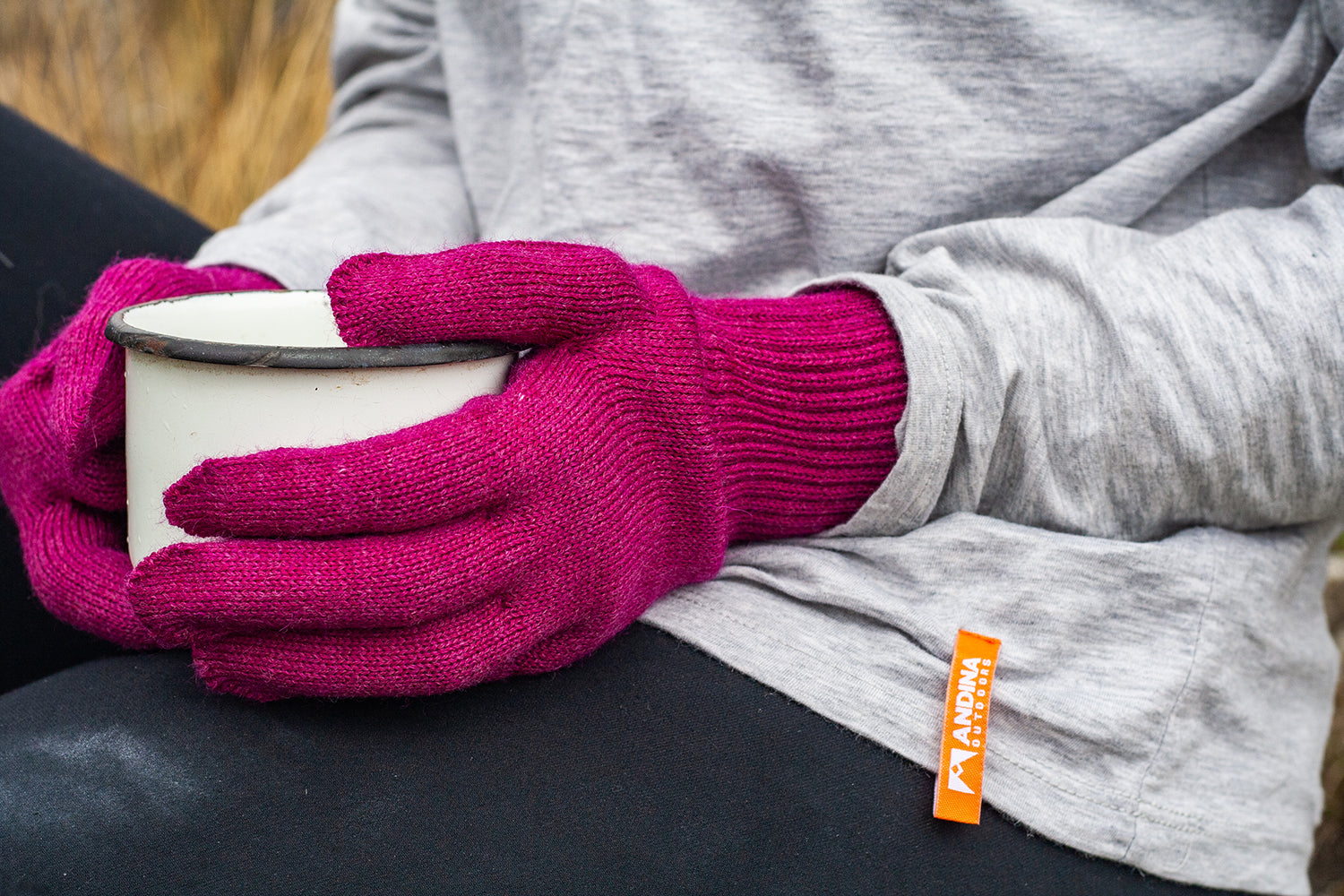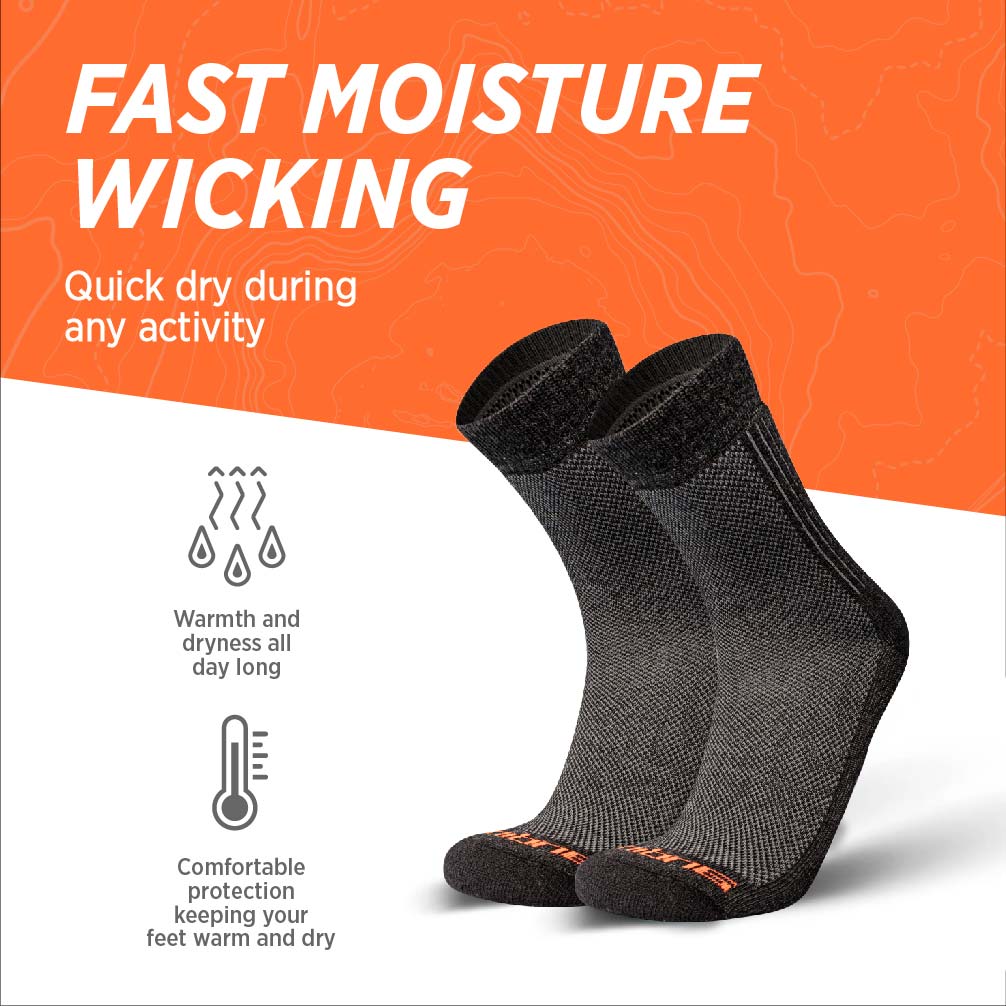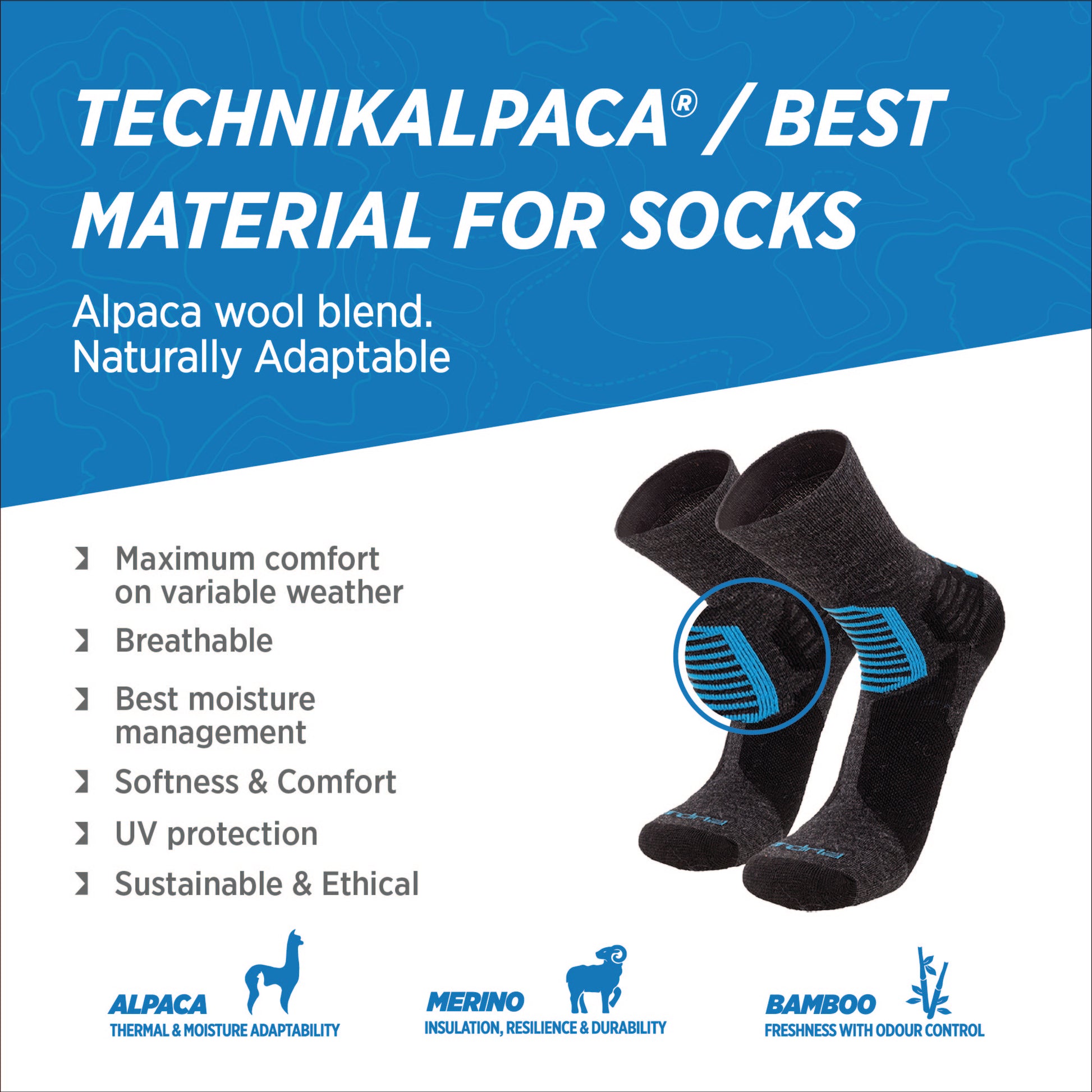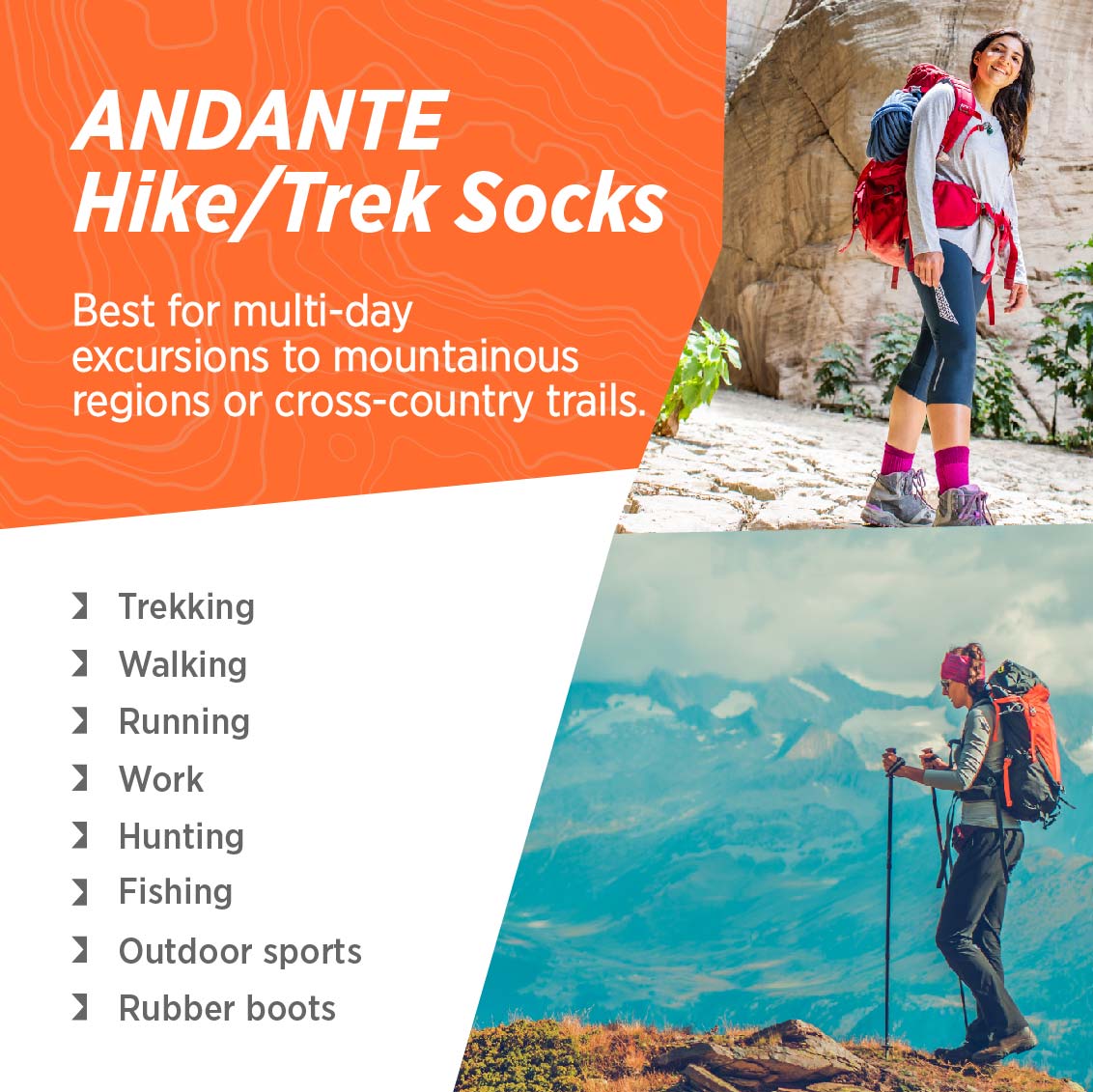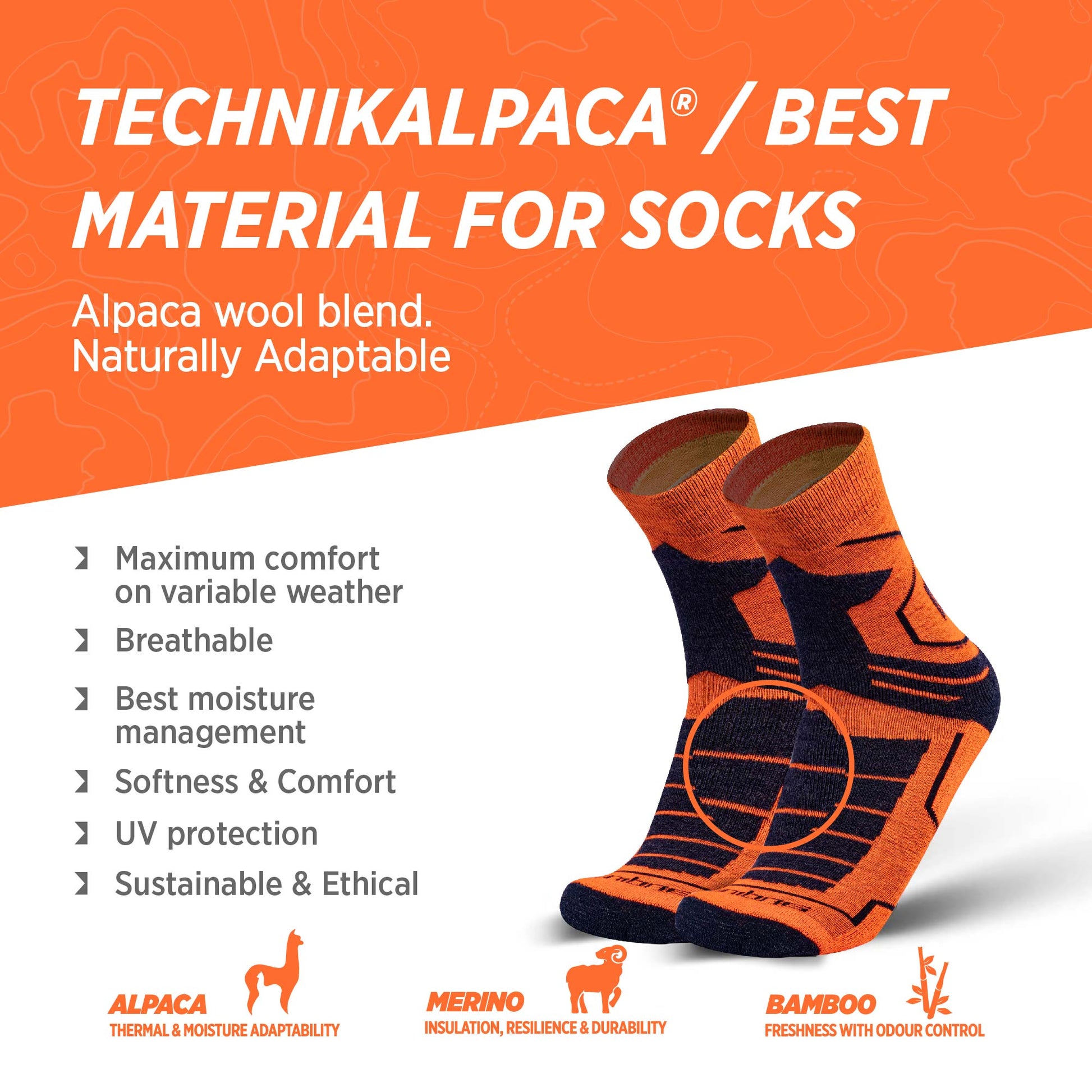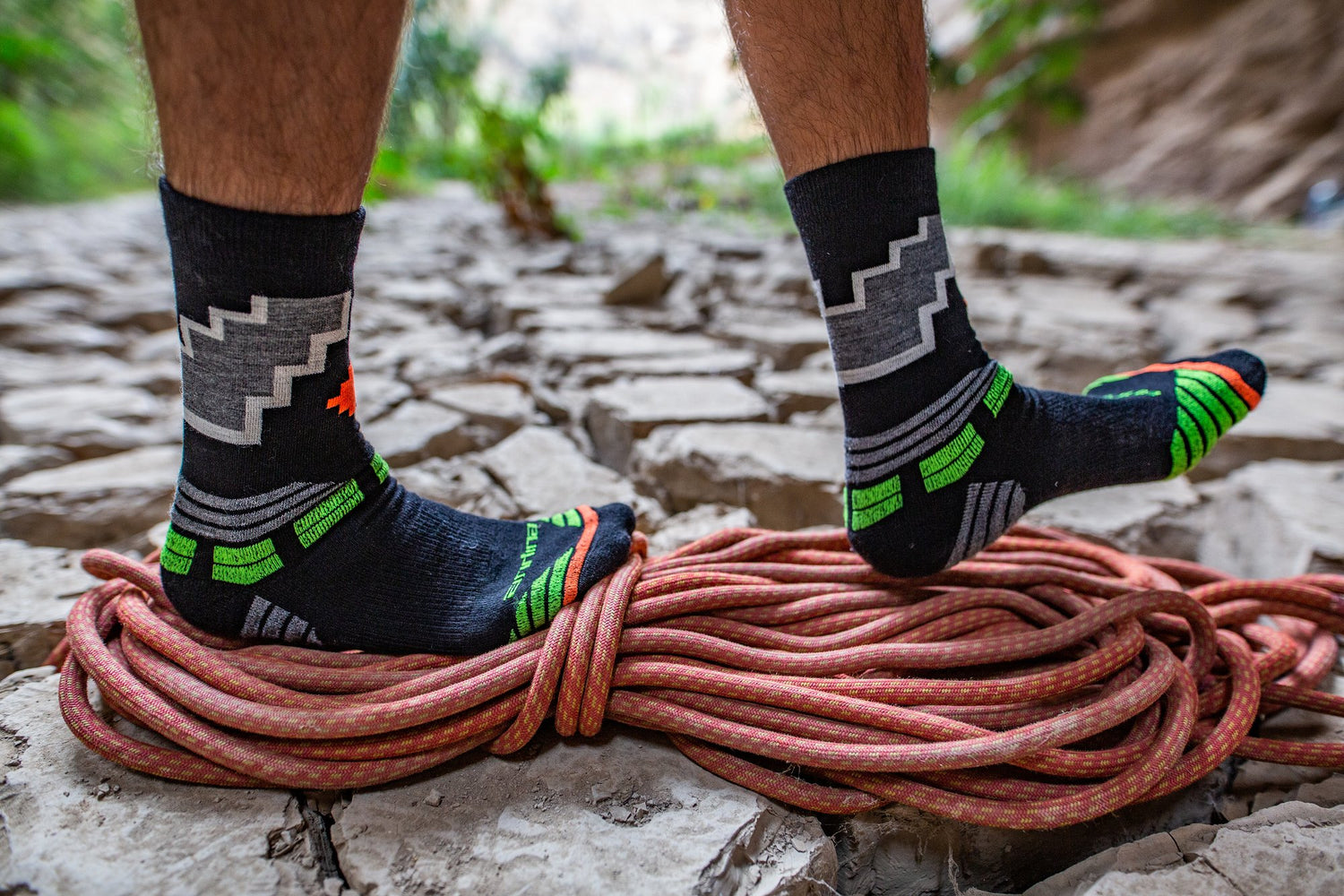When temperatures drop and trails become more demanding, having the right gear is not just a matter of comfort—it becomes essential to safety and performance. Among the most critical yet often overlooked items in a cold-weather hiker’s kit are thermal hiking socks. These socks form the first line of defense against frostbite, blisters, and fatigue. In this guide, we explore the essential elements that define high-performance thermal hiking socks and explain how to choose the best pair for your next cold-weather adventure.
Why Thermal Hiking Socks Matter in Cold Weather
Every step you take in frigid conditions puts your feet at risk of heat loss, moisture accumulation, and skin irritation. Regular socks, even those labeled for outdoor use, often fall short in cold climates. Thermal hiking socks, however, are specifically engineered to retain warmth, wick away sweat, and provide long-lasting comfort over rough terrain and long distances. Without them, even the best boots may not be enough to protect your feet from the cold.
1. Thermal Insulation: The Fabric Foundation
The foundation of any thermal hiking sock is its material composition. Insulation is key, but it must be intelligently designed to also allow moisture management and breathability.
Merino wool remains the gold standard in thermal sock design. Its naturally insulating properties trap heat without overheating, and its moisture-wicking ability keeps feet dry even during high-exertion treks. Additionally, it is antimicrobial, which reduces odor build-up on multiday hikes.
ANDINA OUTDOORS, a leading Peruvian brand renowned for high-performance natural fiber gear, enhances this further by blending Baby Alpaca wool with Merino and Tencel in many of their cold-weather socks. This combination creates a superior fiber matrix that offers enhanced thermal performance, a softer texture, and increased durability—all crucial for long alpine hikes and winter camping expeditions.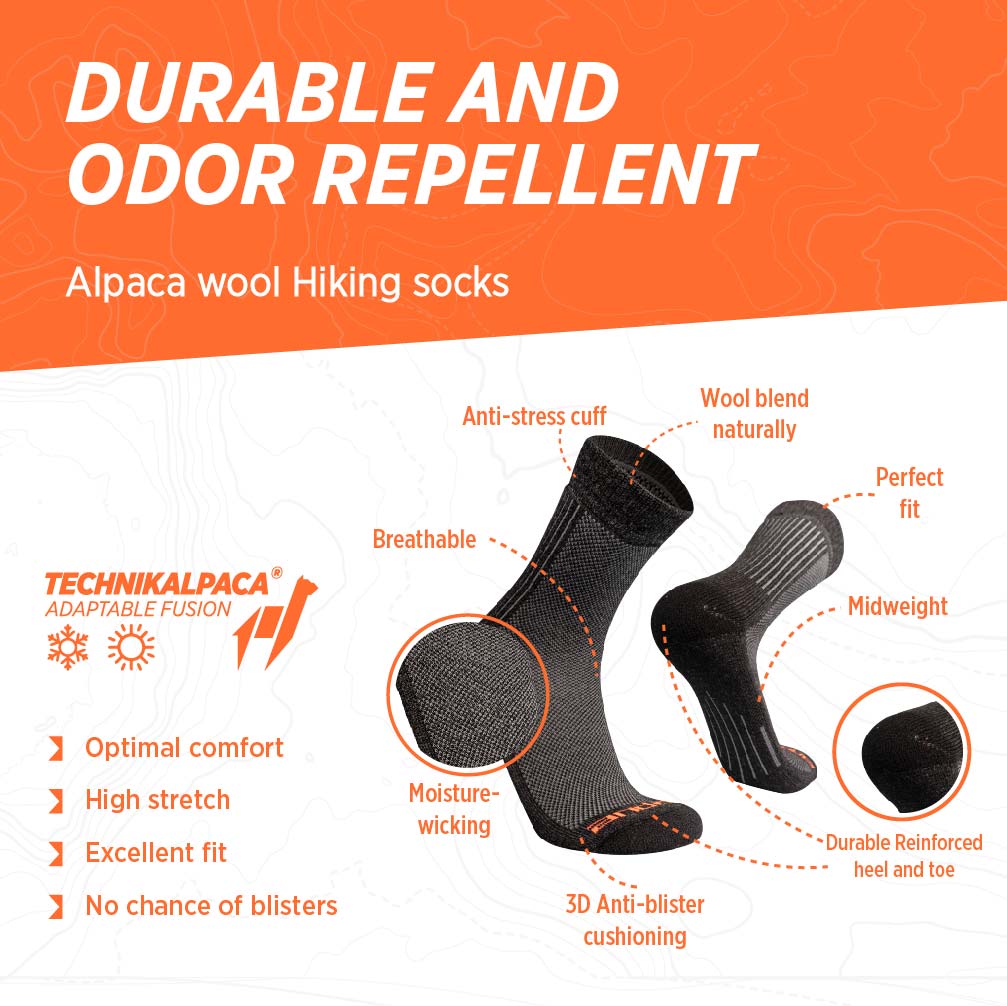
2. Cushioning for Comfort and Impact Absorption
Cushioning plays a dual role in thermal socks: it retains heat while reducing pressure and friction. For cold-weather hiking, medium to heavy cushioning is recommended, particularly under the heel, ball of the foot, and shin area.
Excessive padding, however, can lead to bulkiness and poor fit inside the boot. Brands like ANDINA OUTDOORS address this by using strategic zone padding, which provides volume where it matters most without compromising mobility or causing hotspots.
3. Height and Coverage: Protection Against the Elements
Sock height is not merely a style choice. In winter conditions, crew and knee-high socks offer vital coverage that protects against wind chill, snow intrusion, and abrasion from high-cut boots.
Knee-high options are particularly valuable during snowshoeing, mountaineering, or glacier travel. They also prevent debris from entering the boot and help stabilize calf muscles under strain from heavy gear.
4. Fit and Compression: Stability Over Distance
An ideal thermal hiking sock should fit snugly—not tight or loose. A proper fit minimizes internal friction, reduces the chance of blisters, and promotes even thermal distribution. Advanced designs often incorporate light compression, which boosts blood circulation and reduces fatigue during long ascents or back-to-back hiking days.
ANDINA OUTDOORS incorporates ergonomic shaping and seamless construction into many of their socks, ensuring anatomical fit, arch support, and enhanced performance over long distances.
5. Durability and Moisture Management
Durability becomes especially important in cold conditions, where gear failure can quickly lead to exposure. Look for socks that integrate reinforced heels and toes with abrasion-resistant fibers such as nylon or recycled polyamide, as seen in ANDINA OUTDOORS’ alpine models.
Moisture control is equally important. Even the warmest sock can fail if it allows sweat to accumulate. Blended fibers with natural thermoregulation properties, such as alpaca and wool, offer a breathable structure while synthetic components accelerate drying.
6. Sustainability and Ethical Sourcing
Modern hikers are increasingly conscious of their environmental impact. Choosing socks made from renewable, biodegradable fibers, and manufactured under fair trade practices aligns with a more sustainable hiking ethos.
ANDINA OUTDOORS sets a benchmark in this regard, sourcing their alpaca fibers from smallholder farmers in the Peruvian Andes and producing their socks through low-impact, local manufacturing processes. Their commitment to ecological responsibility ensures not only superior product quality but also meaningful environmental and social value.
Conclusion: Investing in the Right Pair
Choosing the right thermal hiking socks is a matter of performance, safety, and ethics. As you prepare for your next cold-weather trek—whether through alpine forests, icy ridgelines, or high-altitude peaks—your socks should match the ambition of your journey.
Brands like ANDINA OUTDOORS exemplify the best of modern outdoor apparel: high-performing, ethically made, and designed with deep knowledge of natural fibers. With their thermal hiking socks, you’re not just buying warmth—you’re equipping your feet for endurance, exploration, and elevation.
